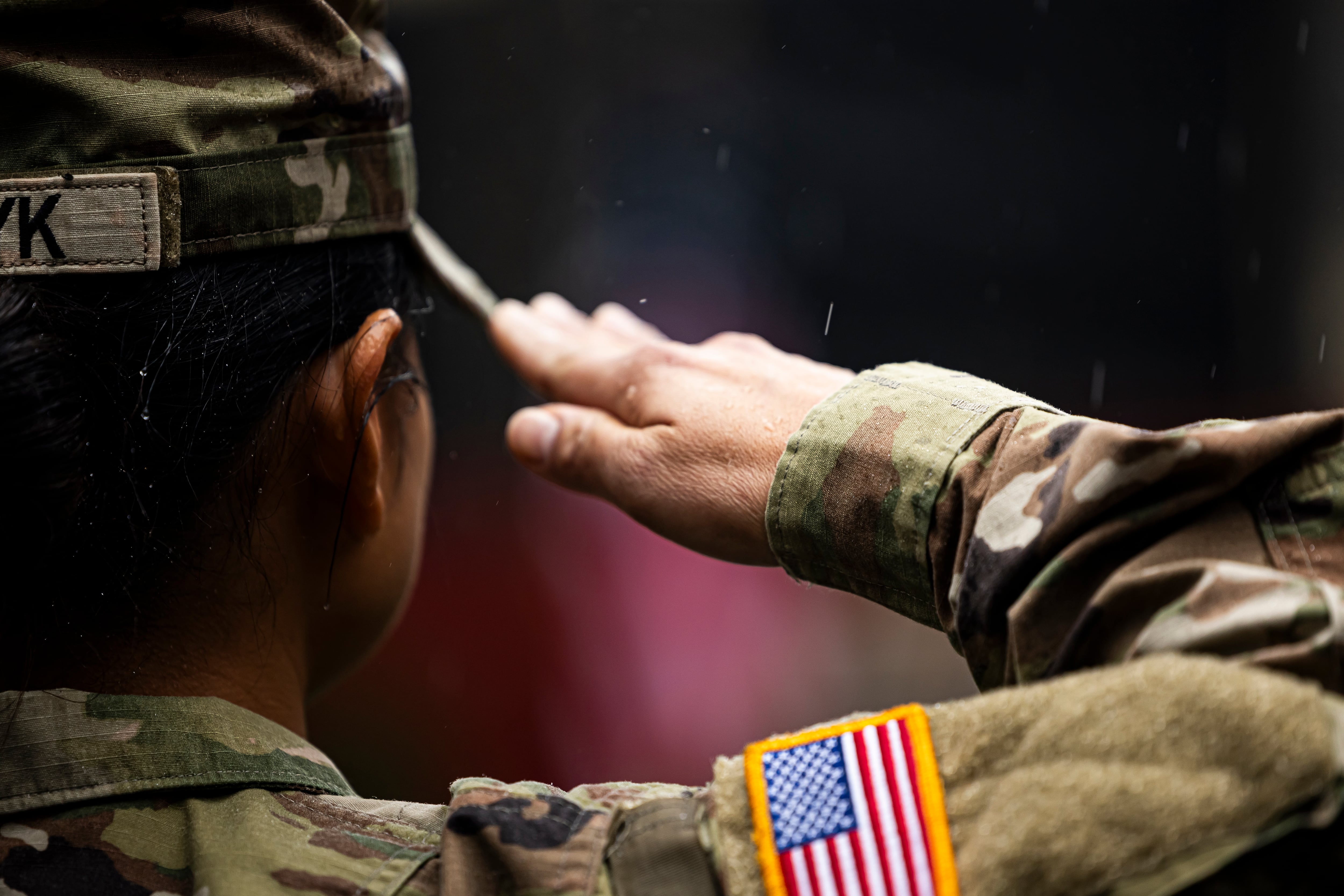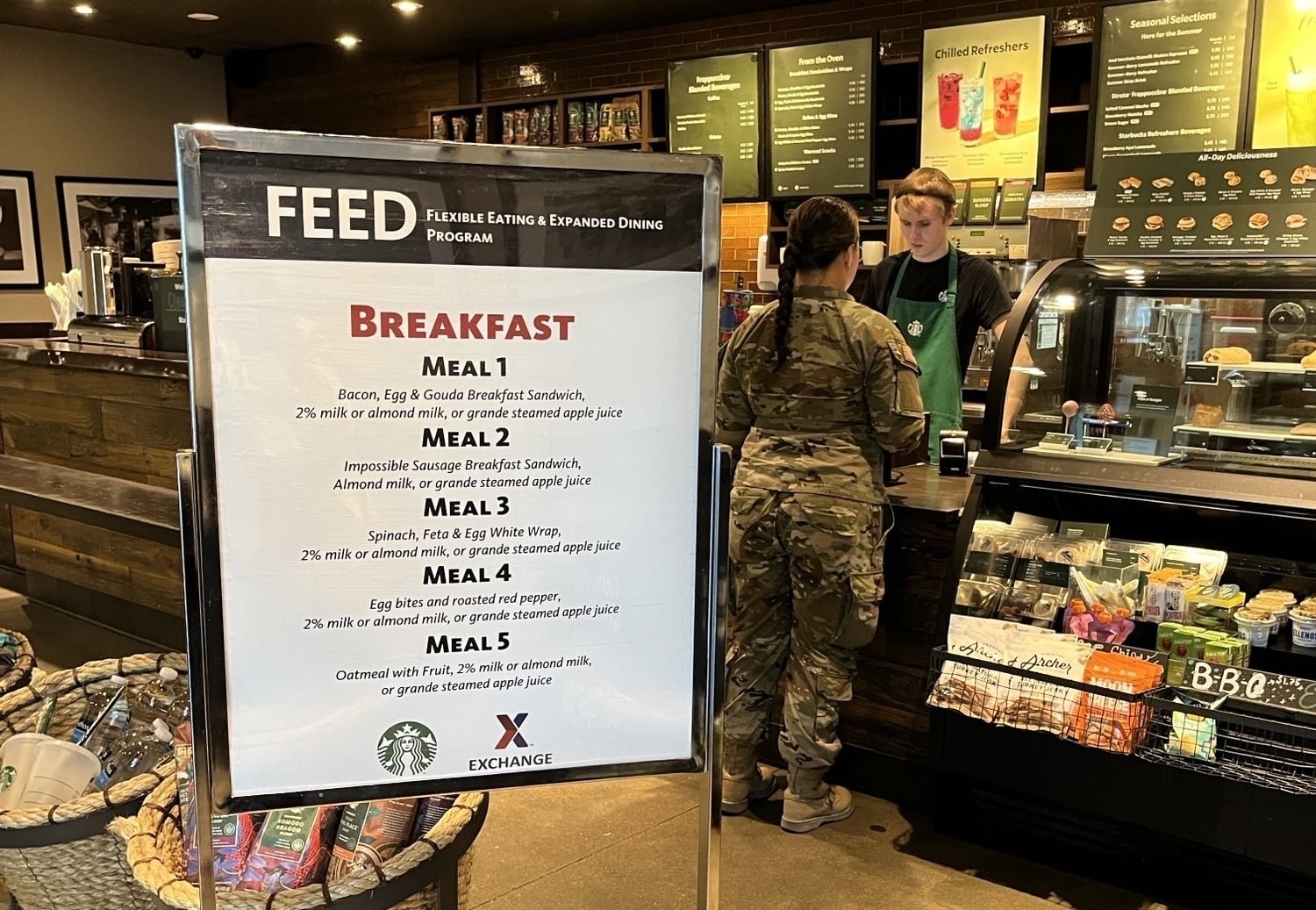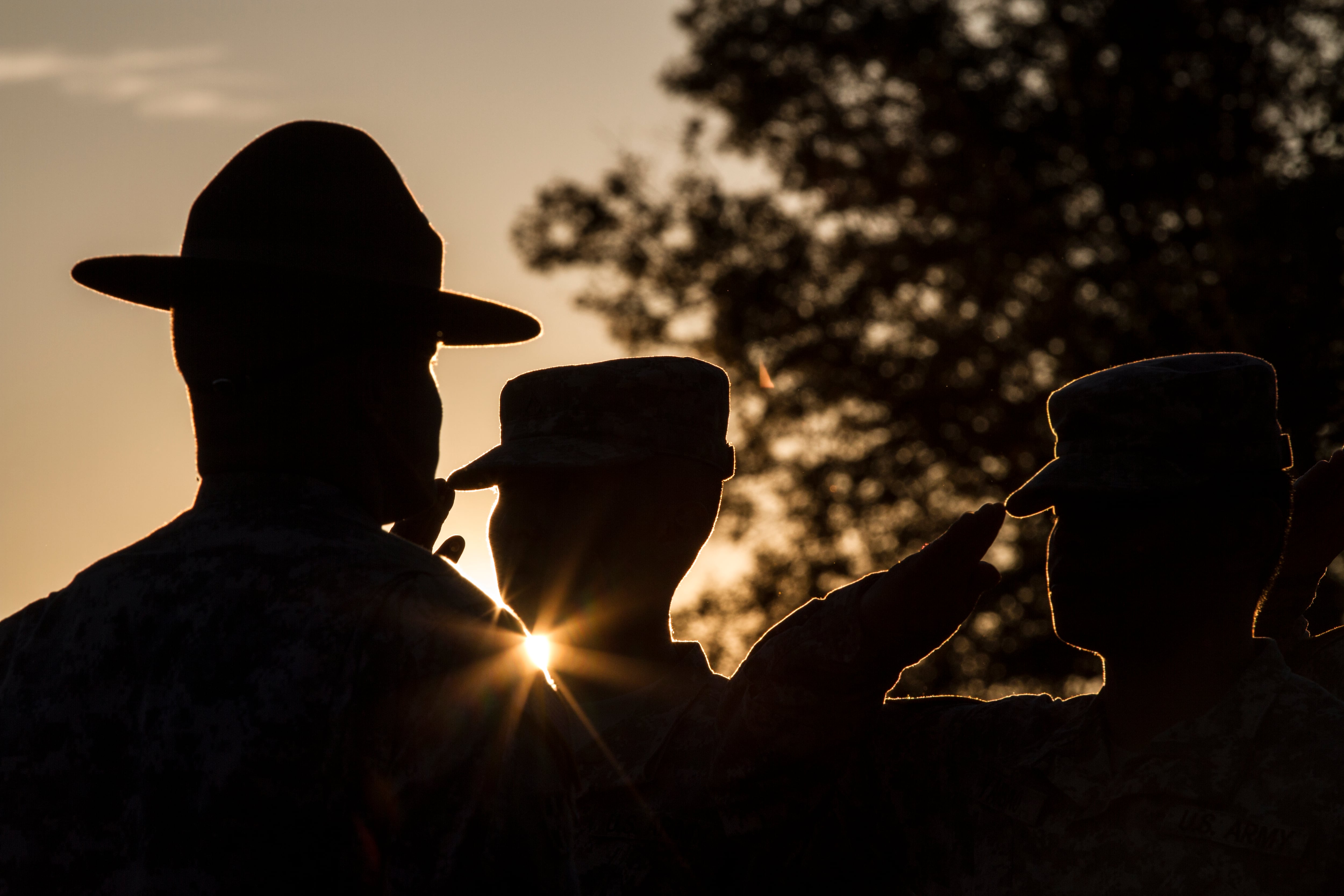Editor’s Note: If you or a loved one is experiencing thoughts of self-harm or suicide, you can confidentially seek assistance via the Military/Veterans Crisis Line by calling 988 and dialing 1, via text at 838255 or chat at http://VeteransCrisisLine.net. You don’t need to be a VA beneficiary to use the service.
To report on how suicide has impacted the Army’s armor community, Army Times used the Freedom of Information Act to build a database of soldier deaths from 2019, 2020 and 2021. Here’s how we did it.
Building the database
Every time a soldier dies, the installation-level human resources office that handles their final affairs fills out a Defense Department Form 1300, Report of Casualty. This document contains demographic information for the deceased service member, basic details on his or her death, and a record of the military’s assistance to their family or next of kin.
Army Times requested all such forms for non-combat soldier deaths between 2019 and 2021. Human Resources Command provided more than 1250 PDF documents with light redactions.
We used various programs to process the PDFs and pull the information from the casualty forms into spreadsheets.
We removed duplicates. We created — and triple checked — additional data fields that allowed us to analyze deaths by installation, unit type, career field, location and specific brigade combat teams. A pair of brigade combat teams converted types in 2019; we counted their transition period casualties as belonging to their eventual unit type.
For the Broken Track project, we limited our analysis to Regular Army (the service’s all-active duty component) casualties whose casualty forms identified their manner of death as “self-inflicted.” This excluded accidental deaths, homicides, illnesses and those whose manner could not be determined.
Reaching our findings
In order to calculate suicide rates within specific Army populations, we obtained reference data from a variety of sources.
Figures from the Congressional Budget Office allowed us to estimate the sizes of the three different types of Brigade Combat Teams. We combined the CBO data with publicly known force structure totals to estimate the total number of soldiers in the service’s 11 Armored Brigade Combat Teams, 13 Infantry Brigade Combat Teams and seven Stryker Brigade Combat Teams. The Army G-1 provided us with end-of-fiscal-year end strength figures covering the three-year period, broken out by military occupational specialty.
Using this data, we calculated unadjusted average annual suicide rates for each Army occupational specialty and for each type of brigade combat team. We also identified a number of “suicide clusters,” which public health experts define as an excessive number of suicides that occur in close time and/or organizational or geographical proximity.
We confirmed the statistical significance of our core findings — that 19K tankers were nearly three times as likely to die by suicide than other soldiers, and that ABCT members were more than twice as likely to kill themselves than other soldiers — using chi-square tests. (For the tankers, we also verified significance using Fischer’s Exact Test due to the relatively small sample size.) All tests yielded P-values less than 0.001, meaning that the differences in suicide rates were almost certainly not a statistical coincidence.
We presented our findings to the Army. Service data experts confirmed that enlisted tankers experienced the highest suicide rate of any large-population career field (defined as those with more than 3,000 soldiers, to ensure adequate sample size).
The Army also acknowledged that armor and Stryker brigades suffered a higher suicide rate than the rest of the Army, though their exact rates differed from our findings. Officials noted that their database was not configured to track deaths by unit type.
Our story focuses on armor units rather than Stryker units. That’s because Stryker brigades had wide variance in their suicide totals: the Army’s two worst-hit brigades during the time period were the 3rd Cavalry Regiment at Fort Cavazos, Texas, and the 1st Stryker Brigade Combat Team, 25th Infantry Division at Fort Wainwright, Alaska (now a light infantry brigade in the 11th Airborne Division), but the formation tied for the least suicides was the Stryker-equipped 2nd Cavalry Regiment in Germany. Every single armor unit, by contrast, experienced a higher suicide rate (relative to its authorized strength) than the portion of the active duty force not assigned to armor brigades.
To understand what may have contributed to the higher suicide rates among tank units, we consulted with suicide experts, retired senior leaders and more than 60 members of armor brigades that experienced suicides during the study period. We also obtained other documents, such as investigative records, for specific suicide deaths highlighted in our main story. Additionally, we asked Army officials about how they were responding to the suicides.
What we still don’t know
The gap between our analysis and the Army’s numbers may stem from how we built our database, as well as from the Army’s internal access to privileged information detailing actual unit strength rather than the authorized troop levels upon which we relied. But because the Army refused to share their underlying suicide data with Army Times, we cannot confirm the accuracy of their rates.
Our case records may undercount suicides during the study period: the casualty forms list 457 active duty suicides, whereas the Defense Suicide Prevention Office, citing numbers provided by the Army, identified 494 confirmed or suspected suicides for the same period.
We cannot definitively determine the sources of this difference either without access to the Army’s internal data. Potential sources could include submission failures by casualty center officials, extreme backlogs with servicing medical examiners, or an error by Human Resources Command during the FOIA release process.
We also recognize that our three-year data window is of limited scope. Apart from the unwieldy Freedom of Information Act process, such data is only available to academic researchers who partner with the Defense Department. Congress demanded similar numbers in the fiscal year 2023 defense policy bill.
Credits
Other outlets have used similar methods. The Washington Post — including former Army Times editor Kyle Rempfer — used casualty forms to map Army fentanyl overdoses in June 2023. Rolling Stone used casualty forms to report on drug overdoses at Fort Liberty, North Carolina in September 2022.
Senior reporter Davis Winkie led our data collection and analysis efforts for Broken Track. After he identified elevated suicides in the armor community, Winkie also reported and wrote the project’s stories.
Former editorial fellow Jaime Moore-Carrillo (now a reporter at the Fort Worth Star-Telegram) assisted with data cleaning. Editors Cary O’Reilly and Chris Martin conducted a data review. Editors James Clark and Mike Gruss edited and copy-edited the stories.
Davis Winkie covers the Army for Military Times. He studied history at Vanderbilt and UNC-Chapel Hill, and served five years in the Army Guard. His investigations earned the Society of Professional Journalists' 2023 Sunshine Award and consecutive Military Reporters and Editors honors, among others. Davis was also a 2022 Livingston Awards finalist.





